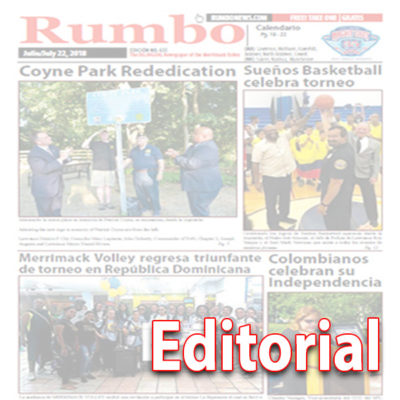
“During the 1960s and early 1970s, some forty thousand Mexicans living south of the border held green cards that enabled them to commute to work in the United States” —Aviva Chomsky, Undocumented.
By Tomas G. Michel
Gratitude to Joey Banh and Yanilsa Nunez

Fighting against the causes of poverty is an initiative executed incorrectly within the Commonwealth of Massachusetts. Although the “welfare state” does help the families in need to satisfy their basic needs, it also perpetuates the stagnation of their members.
The City of Lawrence is not an exception to this premise; with an area of 7.4 square miles, holds an estimate of 80,162 residents according with the US Census Bureau as of July 2017 —without taking into account the undocumented residents, and people that will not report— of which an estimate of 80% are Latinos. It possesses an income per capita of merely $18,069, with a 24% of the population living under poverty levels. Its municipal government seizes a budget of $301,385,608 for fiscal year 2019 of which $217,177, 451 comes from the state, comprising a 72% of the whole operating revenue. Hence, Lawrence is an utterly depending city that does not even produce half of what it needs to properly operate its public agencies.
When Latinos started immigrating to New England in 1970 from places such as The Dominican Republic and Puerto Rico, they found themselves in places like Lawrence, described by LLana Barber in her book Latino City as an “Urban dystrophy: a profoundly racialized, segregated landscape of disinvestment, joblessness, homelessness, underfunded and neglected public schools systems, arson, blight, absentee landlords, inadequate housing, drug and gang violence, racial discrimination and even racial violence.”
This depression struck many post-industrial cities in which the service sector replaced the manufacture market after WWII. Delivering decades of economic instability in which appointed leadership worked without a realistic agenda to disenfranchise the


